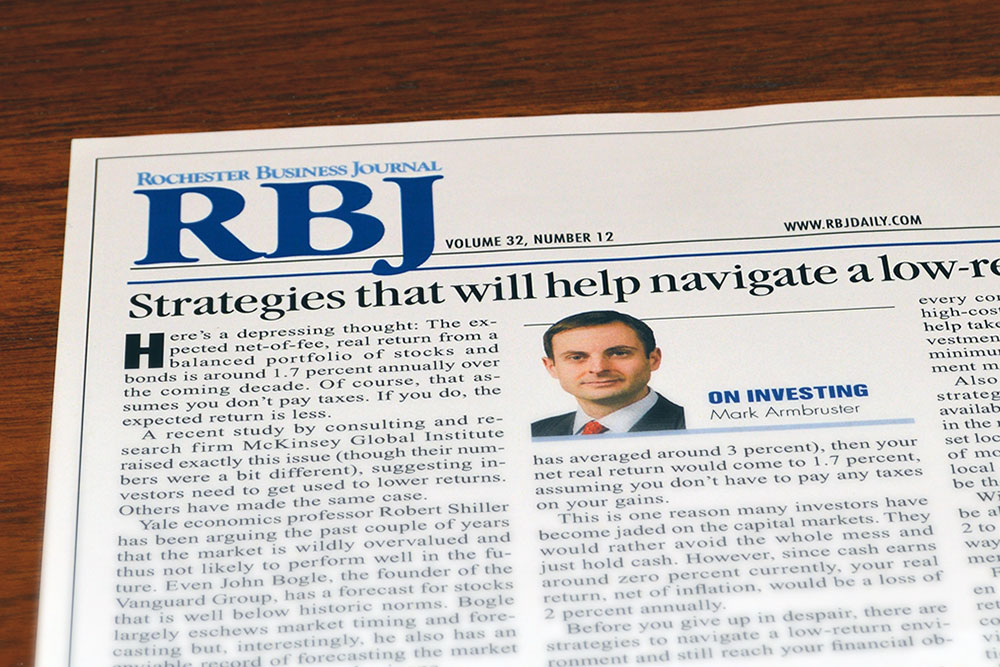Rochester Business Journal
OCTOBER 14, 2016
Mark Armbruster
On Investing
The index fund recently celebrated its 40th birthday. The Vanguard 500 Index Fund, the very first indexed mutual fund, began on Aug. 31, 1976. That might not seem like such a big deal, but consider that during a typical 10-year period, roughly half of all stock mutual funds close their doors. Merely surviving for 40 years is quite a feat, but the fact that the Vanguard 500 Index Fund is now among the largest mutual funds in the world makes it all the more impressive.
In fact, of the 25 largest mutual funds, all but 10 are index funds. Of the 10 non-index funds on the list, only six are actively managed. The remaining four are money market funds.


